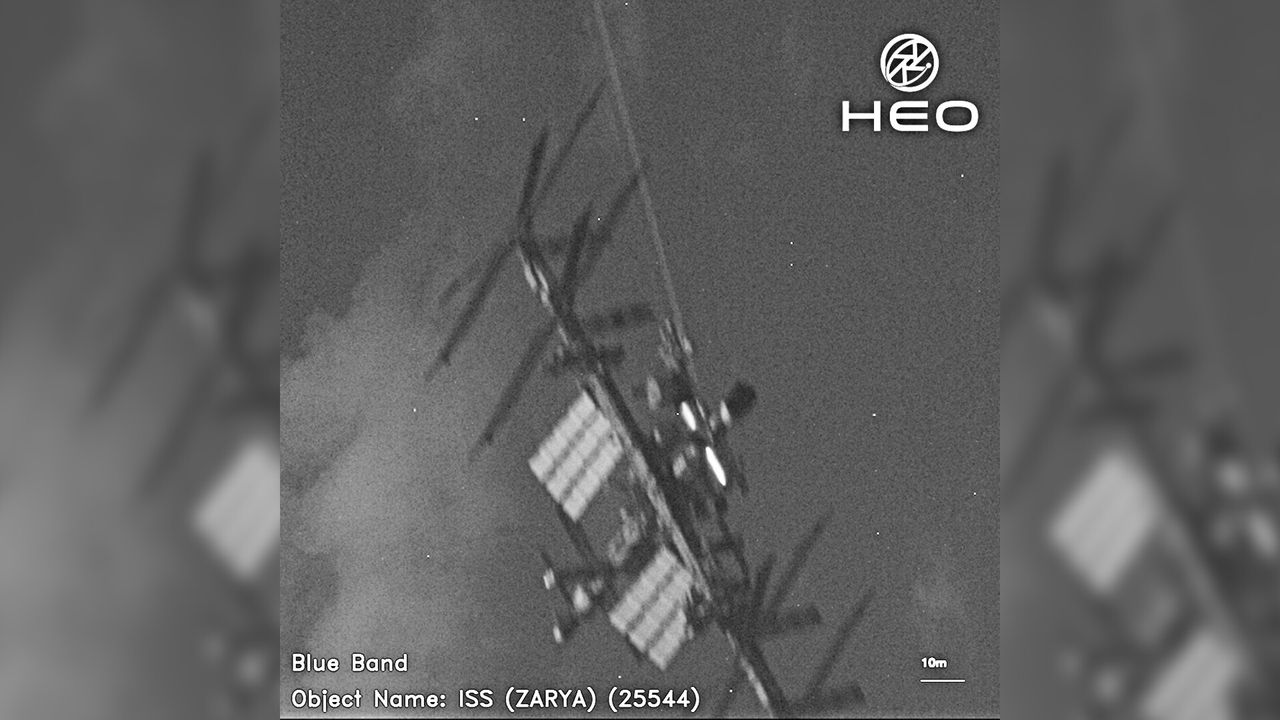A significant shift is underway in the realm of space imaging, as Australian company HEO Robotics aims to extend its capabilities beyond low Earth orbit (LEO) to higher orbital destinations and potentially even into the solar system. Known for providing detailed images of spacecraft in LEO, HEO Robotics has garnered attention for its innovative approach to “non-Earth imaging” (NEI).
The firm’s impressive portfolio includes striking images of the International Space Station (ISS) and China’s Tiangong space station, as well as dramatic footage of the European Space Agency’s ERS-2 satellite as it descended into Earth’s atmosphere on February 14, 2024. These photographs are acquired during calculated close approaches by partner satellites, allowing HEO to provide essential imaging services for various purposes, including anomaly detection and space domain awareness.
At the International Astronautical Congress held in Sydney earlier this month, HEO Robotics co-founder and Chief Executive Will Crowe outlined the company’s ambitious plans to expand its imaging capabilities further into space. Established in 2019 initially as an asteroid-mining venture, HEO quickly shifted focus to leverage its capabilities in spacecraft imaging. Crowe emphasized that while national security organizations have engaged in similar imaging for decades, the highly classified nature of their work kept it largely under wraps until now.
“The national security establishment has already been doing this for five decades but thought that no one could replicate it, so they made it highly classified,” Crowe remarked. He added, “No one without a classification knew it was possible because it was just very secretive. But we didn’t know we shouldn’t know that, so we just started playing, and there was no one to stop us, because we’re here in Australia.”
Looking ahead, HEO aims to move into geostationary orbit (GEO), where satellites maintain a fixed position over the Earth at an altitude of approximately 35,786 kilometers (22,236 miles). GEO is home to numerous high-value assets, including communications and weather satellites. Currently, HEO does not operate its own satellites; instead, it collaborates with various Earth-imaging companies, such as BlackSky and Satellogic, to utilize their satellites when not in active use.
Crowe acknowledged the challenges of gaining access to GEO, particularly the limited number of satellites equipped with imaging capabilities. “Getting to GEO is going to be very challenging, so we’re focused on that right now. Huge revenue unlock for us, huge capability unlock for our customers. So that’s our main technical goal over the next 12 months,” he stated.
In addition to its imaging advancements, HEO Robotics has entered into a three-year memorandum of understanding with Astroscale, a company specializing in satellite servicing and orbital sustainability. This agreement, announced at the IAC, aims to enhance cooperation on monitoring and servicing defense, government, and commercial assets in space. Astroscale has already conducted notable operations, including a fly-around of a spent rocket stage in orbit, which could serve as a precursor to future deorbiting missions.
Crowe remarked on the importance of collaboration for improving space operations, noting, “It’s just good practice to have outside eyes looking in. Issues can happen to a sensor on board, but also you can get a different perspective.”
HEO Robotics recently received the first NOAA Tier-3 license for a commercial optical camera operating in high LEO, marking a significant step forward in gaining official recognition for non-Earth imaging as a critical component of space safety infrastructure.
This expansion into higher orbits is part of a larger vision for HEO Robotics. Crowe articulated a bold long-term goal: “The solar system on demand. If you want to go see an asteroid, we will enable that mission.” Initially focusing on asteroids traversing the Earth-Moon system, Crowe believes that with the right technology and resources, HEO can facilitate missions to various parts of the solar system.
“We’re starting with just the asteroids that are coming through the Earth-Moon system,” he explained. “But there’s no reason why we can’t enable it for everything: the asteroid belt or all the other various asteroid classes. It should be possible. You just need enough cameras and enough interesting orbits such that they can always achieve the mission.”
As HEO Robotics continues to innovate and expand its reach, the normalization of non-Earth imagery may pave the way for a new era in space exploration, offering unprecedented opportunities to monitor and understand our solar system.
